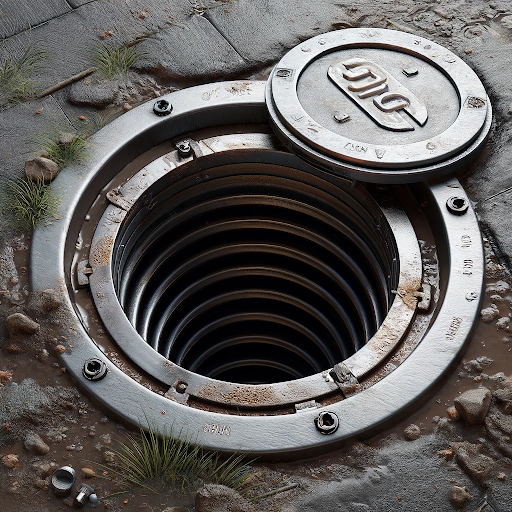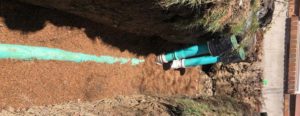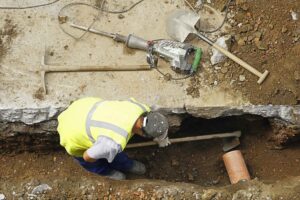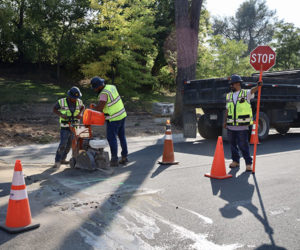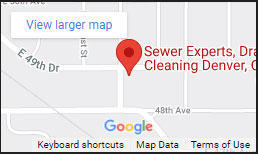What Is a Cleanout?
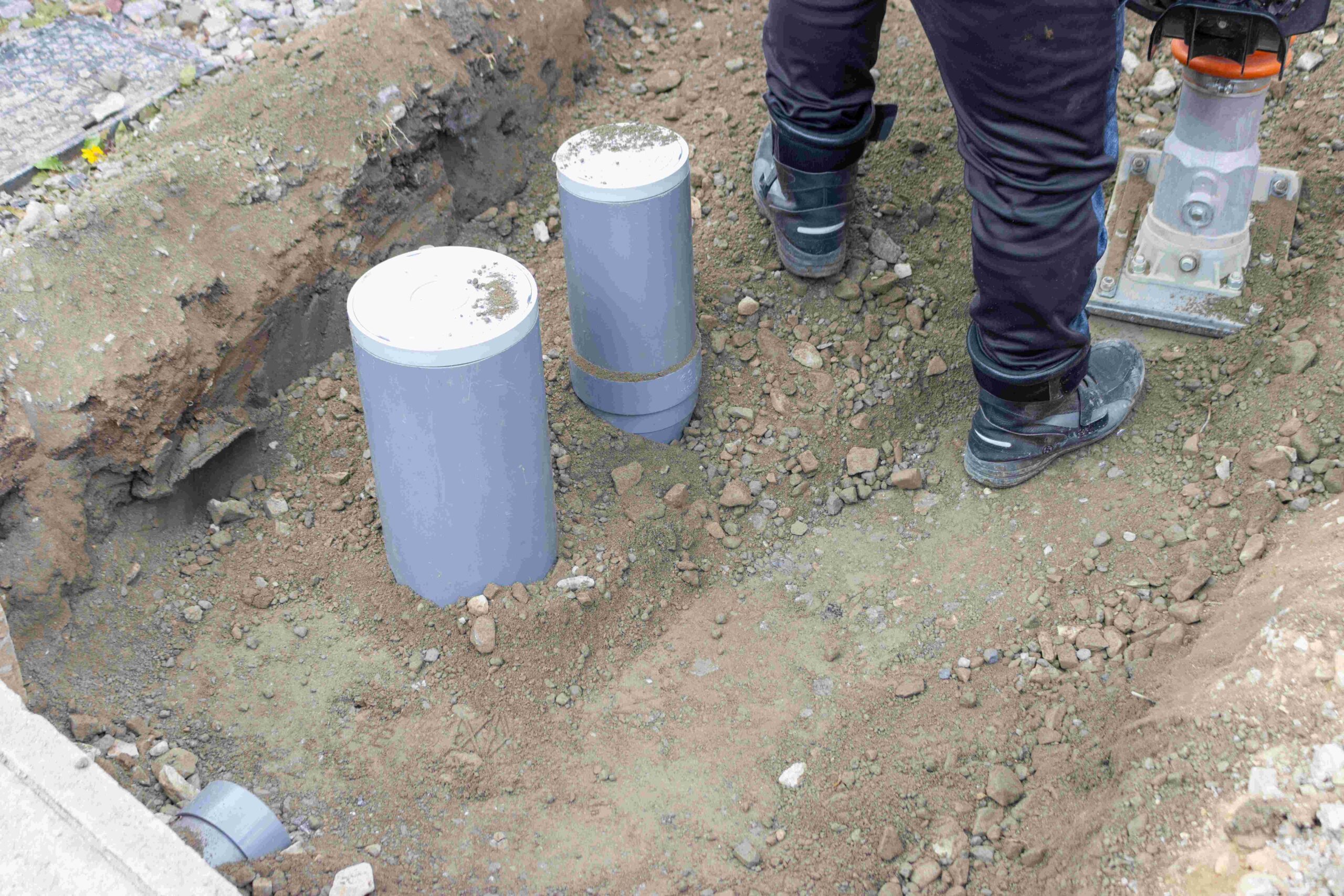 It is an entry that allows for the insertion of tools and equipment to clear plugs or execute investigations. Generally, they are capped pipes that rise vertically from the main sewer line to floor level, making it easy for cleaners to enter the line without digging up the land or damaging the belongings. A residential sewer cleanout cover box protects the access point. The sewer cleanout installation cost depends on the complexity of the system. It’s important to know how to find the main drain line in house, as well as the costs associated with sewer drain line repair. Materials such as ABS plastic drain line are commonly used in these repairs. When dealing with basement drain cleanout plug problems, knowing the steps for floor drain cleanout plug replacement and removing sewer drain cleanout plug is crucial.
It is an entry that allows for the insertion of tools and equipment to clear plugs or execute investigations. Generally, they are capped pipes that rise vertically from the main sewer line to floor level, making it easy for cleaners to enter the line without digging up the land or damaging the belongings. A residential sewer cleanout cover box protects the access point. The sewer cleanout installation cost depends on the complexity of the system. It’s important to know how to find the main drain line in house, as well as the costs associated with sewer drain line repair. Materials such as ABS plastic drain line are commonly used in these repairs. When dealing with basement drain cleanout plug problems, knowing the steps for floor drain cleanout plug replacement and removing sewer drain cleanout plug is crucial.
Types of Cleanouts
- Single: This is the most basic type, featuring a single-lidded pipe extending.
- Double: Also known as a two-way drain cleanout, this configuration has two covered pipes that allow passage from both directions of the main sewer line, facilitating more potent cleaning.
- Inline: These are installed inline with the pipe and are often used in lengthy sewer lines to give multiple entry points.
Materials Used
They are usually made from durable substances such as ABS (acrylonitrile butadiene styrene), or cast iron. The choice of material depends on the specific requirements of the plumbing and local building codes. For exterior concerns, PVC cleanout plug is often used. Learning how to find buried main drain cleanout and how to find main drain cleanout can save time and money. The home main drain cleanout cost varies, and regular maintenance of the main drain cleanout plug is advised. Outdoor drain cleanout and how to locate foundation drain cleanout are important for preventing blockages. The plumbing drain cleanout cover white flat is another key component. Finding the home drain cleanout location and knowing how to find drain cleanout inside the house ensures swift action during clogs. Using a cast iron drain cleanout cover is common in older residences. Understanding what is a municipal sewer system can help in diagnosing broader setbacks. For any issues, professional drain cleanout service is recommended.How Does it Work?
It provides a direct entryway, allowing them to insert augers, hydro-jetting equipment, cameras, and other gears to diagnose and fix troubles. Here’s how it works:- Examinations: A sewer cleaner removes the cap and inserts a sewer camera to inspect the condition of the pipes and locate clogs or damages.
- Cleaning: Tools like augers or high-pressure water jetting equipment are included throughout to clear blocks.
- Maintenance: Daily preservation, containing flushing or checking for tree root intrusions.
Why Should You Have a Cleanout Installed?
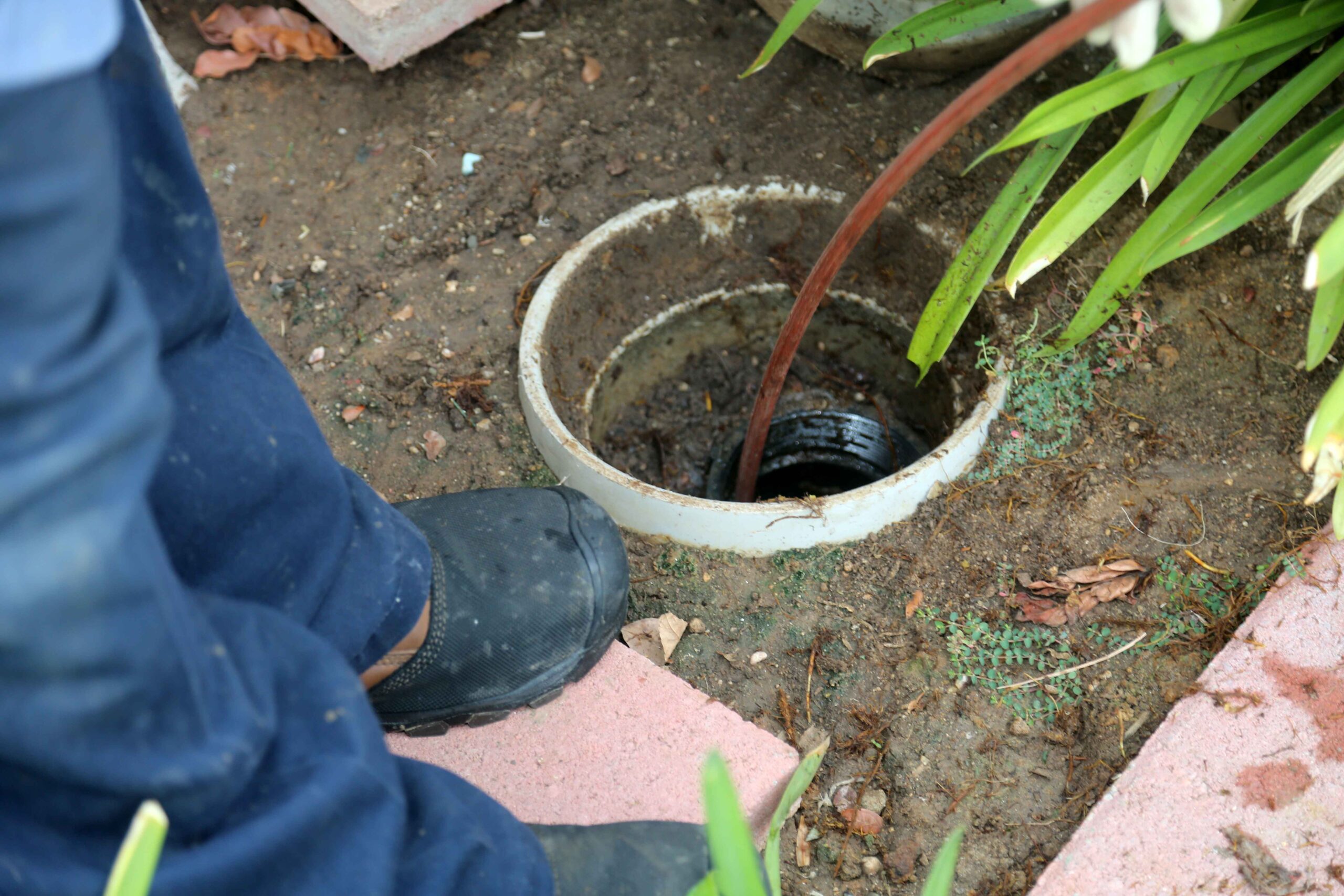 It is important for several reasons:
It is important for several reasons:
- Ease of Entryway: They provide a convenient opening to complete necessary maintenance and remedies without wide excavating or disruption.
- Preventive Maintenance: Standard use it for examinations can help determine potential problems before they become major difficulties, saving time and money.
- Effectual Problem Solving: In case of a blockage or plug-up, it allows for a quick solution, minimizing impair and inconvenience.
- Cost-Effective: By providing a simple gateway, they reduce the need for expensive drilling and repairs, making them a productive solution in the long run.
Common Issues and How to Address Them
Even with a sewer cleanout, it can still undergo concerns. Here are some common problems and how to handle them:- Blockages: Caused by grease, hair, or foreign objects can be quickly cleared using equipment inserted through.
- Tree Roots: Roots can infiltrate sewage lines, causing ruin. Everyday checkups can detect root intrusions early, allowing for timely intervention.
- Pipe Deterioration: Over time, pipes can deteriorate due to age or ecological factors. It allows for smooth check ups and maintaining the extended life of the sewerage.
- Slow Drains: it often indicates a blockage somewhere. It provides an entry point to identify and remove these blocks, restoring correct draining.
How to Preserve Your Cleanout
Continuing conservation is crucial in ensuring they function appropriately and extend the lifespan. Here are some tips:- Day-to-day Checkups: Schedule frequent inspections to check for blocks, leaks, or damage.
- Keep It Clear: Make sure that the space around is free from debris, soil, or other obstructions that might block passage.
- Proper Usage: Stop flushing non-degradable items, grease, or large quantities of hair down the drains, as these can cause clogs.
- Cap Maintenance: Check the it periodically to ascertain it is secure and not damaged. A missing or broken cap can allow debris and pests in.
The Process
Installing is a job best left to skilled workers due to the complexity and precision required. Here’s a general overview of the process:- Site Assessment: A specialist assesses the location to determine the best position for the concrete sewer cleanout box, normally near where the line exits the building.
- Excavation: The spot is excavated to expose the drain lines.
- Cutting and Fitting: A section is cut, and the fitting is installed.
- Connection and Testing: It is forced main sewer connections to the existing line, sealed, and tested to guarantee there are no leaks.
- Backfilling: The pit site is backfilled, and the cap is installed.
Legal and Code Requirements
The installations and maintenance are governed by codes and regulations, which vary by site. These codes dictate the digit, placement, and kind of them is required. It’s fundamental to comply with these regulations to elude penalties and the structure operates efficiently.Benefits of Having a Cleanout
Beyond the practical advantages, it offers several additional benefits:- Increased Value: A well-maintained plumbing network, including accessible sewer trap cleanouts, can increase the value of your land.
- Environmental Protection: Waste management and timely maintenance stop leakage, protecting the environment from contamination.
- Health and Safety: Properly functioning systems reduce the risk of health hazards associated with backups and drips.
DIY vs. Professional Maintenance
While some maintenance tasks can be handled by homeowners, such as keeping the area clear, most tasks require qualified and certified talent. Skilled workers have the necessary instruments and knowledge to perform thorough examinations, recognize points, and execute fixes safely and efficiently.DIY Tips:
- Regular Monitoring: Keep an eye on your drains for any signs of trouble, such as sluggish draining or foul odors.
- Safe Cleaning: Use environmentally friendly drain cleaners and avoid harsh chemicals that can destroy pipes.
- Bulkhead Security: Make sure that the cap is always securely in place to block debris from entering.
When to Contact an Expert
Certain situations necessitate the skill of a specialist:- Recurring Blockages: If you suffer repeated plugs, a professional inspection can distinguish underlying matters.
- Sewage Backup: Any signs of plugs require immediate intervention to prevent health hazards and damage.
- Significant Drainage Issues: Delay or non-functioning drains, despite attempts to clear them, indicate a need for specialized evaluation and repair.
Final Verdict
A cleanout offer is an indispensable part of a modern plumbing system, offering effortless access for maintenance and ensuring a smooth operation. Timely intervention by specialists can keep it functioning optimally, protecting your home, health, and the environment. By understanding the significance of it and how to sustain it, verify dependable plumbing for years to come.
Understanding the street to home sewer system diagram is crucial for both residential and commercial properties. For commercial and industrial sewer system backup repair, it’s essential to address matters promptly to avoid disruptions. Homes sewer system maintenance often involves dealing with private septic tank issues, especially in older homes where pipe in older homes may be more prone to predicaments. Regular house drain cleanouts and knowing how do drain cleanouts work at home can prevent major challenges.
Properly identifying drain cleanouts location on homes and maintaining plumbing drain cleanouts is essential. Each cleanout access point serves as an access point for clearing blockages and maintaining system efficiency. If you need assistance, sewer line repair companies in Denver offer traditional sewer line repair. For those in the same location, the best plumbers in Denver area provide comprehensive services. Various Denver drain cleaning companies can address specific needs for older properties. For businesses, commercial drain cleaning companies in Denver call for expertise in handling complex systems.
Maintaining house drain system parts is vital for the overall health of your plumbing. Roof water drain system and control flow roof drain system design are important for preventing water damage. Home improvement plumbing repair services can help address any headaches that arise. For a good and thorough assessment, use a video camera to notice potential concerns in your house. Pressurized water systems can help clean clogged areas effectively, whether in your shower or other room of the home. Our gallery showcases our great work in various homes and business areas. If you encounter a problem, call us for a job well done. We highly care about customer service and ensure every job is handled with the utmost care.
Denver Services by Sewer Experts
Are you dealing with blockages, gradual draining, or bad odors? Our specialists are here to help with top-notch repair and setting up services in the Denver Metro area.Why Choose Us?
- Experienced Technicians: Our certified team has years of learning.
- Advanced Technology: We use the latest apparatus for fast, effective solutions.
- Reliable Service: From repairs to replacements, we ensure lasting results.
- Customer Satisfaction: We’re committed to exceeding your expectations.
Our Services Include:
- Sewer Repair: Swift fixes for blocks, leaking, and damages.
- Replacing Sewer Lines: Full restoration for outdated or defective lines.
- Installing Sewer Lines: Professionals for new constructions and renovations.

